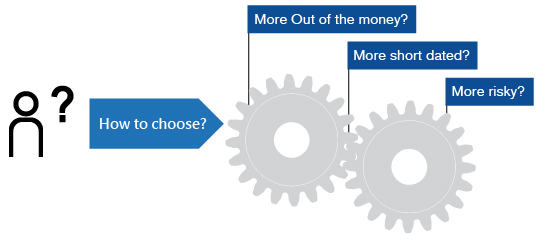Guide for Beginners

-
Which warrants have higher leverage?
Leverage is the relationship between the price of the underlying assets and the warrant price. The higher the price of the underlying assets, or the lower the warrant price, the larger the factor between them, and the higher the leverage.
Understanding this, you will know that warrants with high leverage generally have a lower price; and warrants with a low price are generally more out-of-the-money or shorter-term warrants.
-
Advantages and disadvantages of high leverage
Are warrants with high leverage worthy of investment? There is no one-size-fits-all answer. It depends on the risk tolerance of the investor.
Warrants with high leverage are generally more out-of-the-money or shorter-term warrants. The advantage is that if you correctly anticipated the direction of movement and made the right decision, your profit will be significantly amplified, but if you made the wrong prediction, your loss will also be amplified.
Because the warrants with high leverage are possibly short-term warrants, they are only suitable for short-term investment. Otherwise, even if you made the right prediction on movement, the high time decay of the short-term warrant may offset part or even all of the potential profit. When the theoretical value of the warrant price is lower than $0.01, it is not possible for the warrant issuer to provide a quote for the product.

